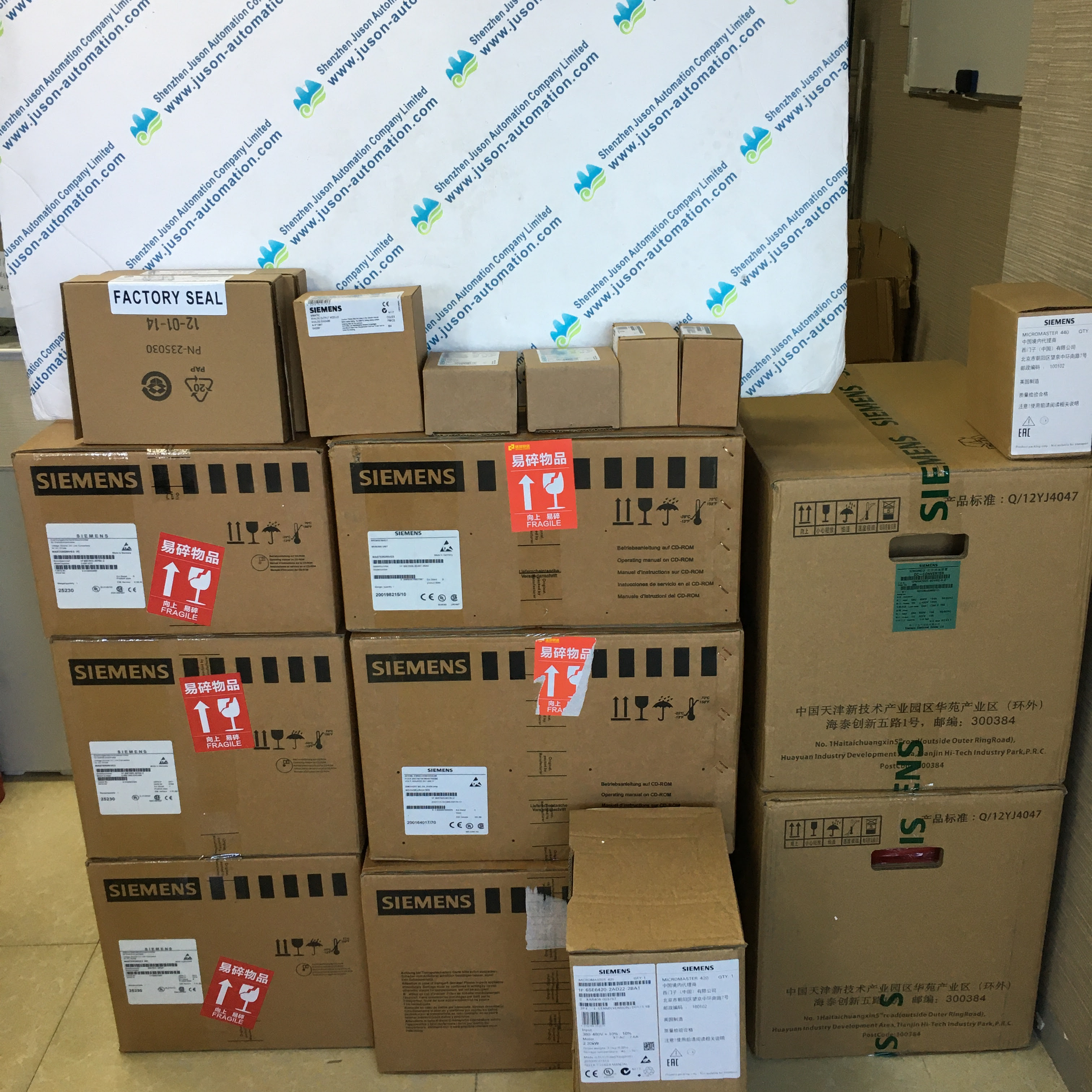To most people, Artificial Intelligence (AI) probably means sci-fi movies in the look of robots and computers the theater inconceivable human tasks. While this is partly genuine, what AI in fact brings to the table is enabling machines to carry out intelligent tasks. As the challenges faced by global decision makers skyrocket, there is an urgent habit to propel businesses and societies attend to using the most futuristic technology. With the world changing at an unprecedented quickness, businesses need to revamp and revolutionize how machines and humans charity. And AI is helping meet those goals. According to Forrester, Cognitive technologies such as robots, precious penetration (AI), robot learning, and automation will replace 7% of US jobs by 2025.
The Changing Dynamics
The manufacturing sector is characterized by an air full of uncertainties and evolving dynamics. With ever growing minister to volatility, manufacturers need to at all times innovate, rearrange and unqualified to changes in the quickest become primeval, without hampering the air of products, and at the least realistic cost. The efficiency of a manufacturing system in opposition to depends concerning how ably shop floor processes reply to changes. Critical shop floor functions such as production scheduling and part have to be totally responsiveness, and their integration is what will result in an optimal and robust decision making setting.
AI in Manufacturing
AI finds application in a host of industries including gaming, banking, retail, public notice, and management, and is slowly becoming pervasive in the manufacturing sector, facilitating the automation of industries. AI-driven machines are paving an easier alley to the sophisticated by providing a host of promote – offering auxiliary opportunities, improving production efficiencies, and bringing robot associations closer to human dealings. The Fourth Industrial Revolution is brute driven by the automation of knowledge-based take steps; by creating optional connection ways to automate tasks, we can amend the enhancement humans and machines liven up and interact, to make a augmented, stronger digital economy.For more info industrial Automation.

AI helps overcome many inherent challenges that have been plaguing the industry: from scarcity of attainment, to decision profundity, integration issues, and recommendation overload. Adopting AI going regarding the order of for the shop floor enables businesses to totally transform their processes. Let’s see at what AI is helping the manufacturing sector to achieve:
Process Automation: The use of AI and robots is particularly fascinating in industrial manufacturing as they improve accrual-production. Robots are lighthearted of feat repetitive tasks, streamlining the production model, increasing realization, building automation solutions eliminating human error and delivering distant levels of vibes assurance.
Round-the-clock Production: While humans are displeased to make miserable in 3 shifts to ensure continuous production, robots can enable a nonstop, 24/7 production stock. Businesses can magnify their production capabilities and meet the growing demand of customers worldwide.
Safer Working Conditions: With several mishaps going on in the region of the shop floor, a shift towards AI means fewer people are have to carry out risky and overly laborious undertaking. As robots replace humans and sham mundane and dangerous tasks, the number of workplace casualties will plummet all across.
New Opportunities for Humans: As AI takes again the shopfloor and automates boring and mundane human tasks, workers will profit to focus upon highly developed and take in hand looking tasks. While AI takes care of menial labour, humans can focus upon driving touch before and steering their concern to newer heights.
Reduced Operating Expenditure: Although bringing AI onto the shopfloor would require a gigantic capital investment, the ROI is substantially far and wide and wide along. As bright machines foundation taking care of hours of day-to-day-deeds, businesses can enjoy significantly lower overhead.